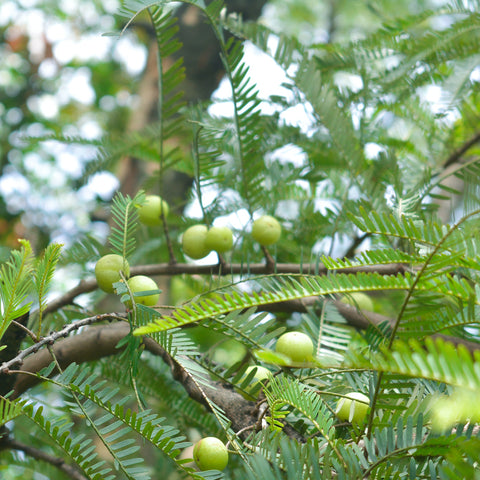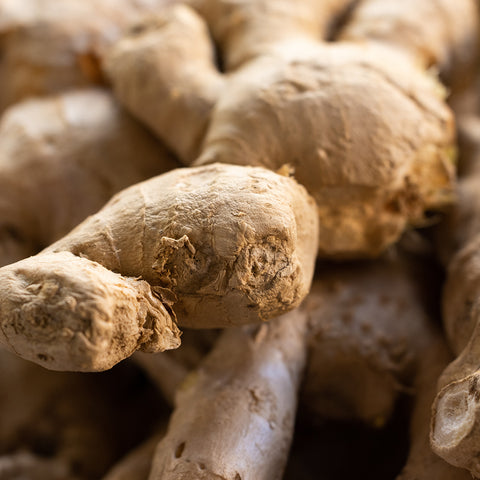Stocking up on and using Indian adaptogens is a great way to add flavour to your food while also supporting your health.
Adaptogens are typically herbs, roots, and other such plants that contain stress-lowering compounds.
Because of their ability to reduce the impact of stress hormones, the right use of adaptogens will improve gut and heart health, enhance your immune system, and balance your hormones.
Let’s take a look at a few Indian adaptogens that you should have at home & how you can use them.
Tulsi
Also known as holy basil, tulsi is rich in zinc and vitamins. It is not just good for your immunity but also helps restore your energy levels.
It is the leaves of the tulsi plant that are sometimes used in cooking dishes, but growing the plant itself at home is believed to be important according to Vastu shastra. The tulsi plant purifies the energy at home and wards off negativities.
Although tulsi isn’t used in everyday cooking, you’ll often find curries garnished with it or chutneys made with it. Despite its limited role, it has a big overall impact.
Moringa
South Indians have been adding moringa to their sambar long before it gained hype, as a superfood, all over the internet.
Did you know that the moringa tree is also referred to as the miracle tree?
Both the drumsticks and leaves of the moringa plant offer a range of health benefits because of the high nutritional value.
Apart from sambar, you can also consume moringa by making a vegetable stir-fry with the moringa leaves or adding the leaves to lentil curries.
Amla

The moment you hear about amla, you can’t help but think of jars full of mouth-watering amla pickles that are prepared in South India in large earthenware jars.
Amla is known for its skin and hair health benefits in addition to being a great antioxidant.
It is the key ingredient in the Ayurvedic mixture called chyawanprash and is also found in various herbal medicines.
Some ways in which you can eat amla are by fermenting it with salt & turmeric, making pickles, or juices.
Turmeric
Turmeric is a root that tackles inflammation in the body, improves liver function, and is used in promoting healing.
Haldi doodh (turmeric milk) is a great way to incorporate turmeric into your diet. It is also a crucial ingredient in dishes like turmeric rice, potato fry, etc.
Ginger
Since you enjoy eating Indian food, you are bound to have ginger at home.

Ginger’s antioxidant properties and ability to reduce inflammation make it important to cure ailments, which is why you would’ve observed how your parents/ grandparents often prepare hot water with ginger when you have a cold or cough.
It also aids in digestion. Ginger is commonly used in South Indian recipes such as puli inji, upma, and curd rice. Different communities across the world also have their own ways of preparing kaapi with ginger.
Adaptogens can be consumed directly as supplements or by incorporating them into culinary recipes.
They have a deep-rooted history in Ayurveda and have been integral to ancient medicinal practices.
Not all adaptogens may be right for you. So if you were to take supplements, consult your doctor or nutritionist for guidance.
Tell us in the comments which Indian adaptogen has been a part of your family’s food traditions for years.

Leave a comment: